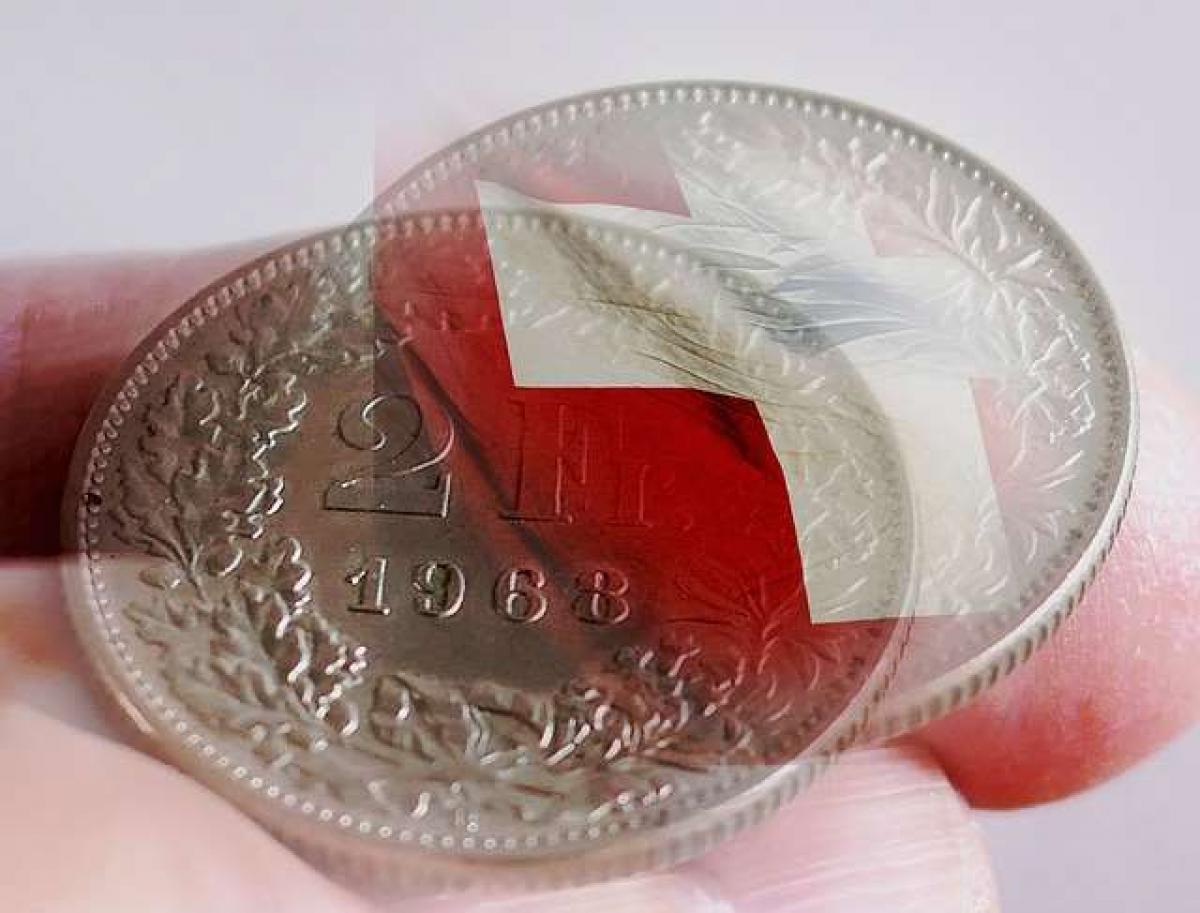Three scholars affiliated with JP Morgan Chase have written a paper on hedge fund behavior ahead of meetings of the Swiss National Bank, with the idea of shedding light on the consequences of the timing of central bank announcements more generally.
They conclude that the SNB contributed to the volatility of the exchange rate between the Swiss franc and the Euro on Jan. 15, 2015 by its decision to make that move as a surprise announcement between its regularly scheduled meetings. Given the pattern of hedge fund trading pegged to those meetings, an announcement of that change that coincided with the meeting would have made for a less rocky ride.
A Faustian Bargain
By way of background: in September 2011, the SNB announced that it would link the CHF to the EUR. Specifically, it would “no longer tolerate” an exchange rate in which a euro would buy fewer than 1.20 francs. Over the following three years, the SNB had to do a lot of buying—of euros and of other foreign currencies—in order to maintain this floor. Indeed, the SNB’s balance sheet grew sharply through the period, from CHF 318 billion to CHF 542 billion, an increase of 71%. Of the balance sheet total at the end of that period, nearly half was held in euros.
In the middle of this period, George Dorgan, of the CFA Society, was writing of the SNB’s commitment as a “Faustian bargain.” The SNB was preventing the CHF from becoming inconveniently strong, for the usual balance-of-trade reasons. But it was paying for that, Mephistopheles demanded an enhanced inflation risk in re the CHF. Should inflation pick up before the resolution of the ongoing sovereign debt crises in Europe, Dorgan said, the costs could be enormous, forcing Switzerland’s taxpayers to bail out their central bank with an injection of 12% of the country’s GDP.
But to Return to Morgan Chase
The three JP Morgan Chase authors are especially concerned, though, about what happened when the SNB pulled out of this deal. The central bank removed the 1.20 floor. The exchange rate immediately plunged from 1.201 to 0.895 in a period of 24 minutes of trading. Some of that fall was made up over the course of the remainder of the trading day. Still, when trading ended in London the day after this announcement, a euro would buy only 1.053 francs, a loss of 12.3%. There had been a concomitant spike in the price of crude oil and a worldwide “flash crash” in equities.
The JP Morgan Chase authors—Diana Ferrell, Kanav Bhagat, and Chen Zhao—contend that the excitement on Jan. 15, 2015 was the consequence of a hedge fund strategy that had developed, predicated on the SNB’s commitment to preserve the floor, one they call the long EUR/CHF strategy.
Diana Farrell is the President and CEO of JPMorgan Chase Institute. Zhao is a researcher at the Institute, and Bhagat is a managing director of the bank. They observe that whenever the exchange ratio approached the floor, hedge funds would buy EUR and sell CHF. This both depended upon and assisted the central bank’s policy. The more buying the hedge funds did at such times, after all, the less the central bank had to do, in order to move the value of the EUR vis-a-vis the CHF back-up.
The hedge funds weren’t blind to the possibility of a change in policy. Their practice was to take the other side, to sell EUR/CHF, in the days immediately preceding the next regularly scheduled central bank meeting, limiting their exposure should the floor be removed.
But, as noted above, the floor was removed as a surprise, between regularly scheduled meetings, before the hedge funds had executed that part of their strategy.
Hedge funds were heavily leveraged on this trade. Thus, once the SNB made its surprise announcement, the hedge funds were in a very vulnerable position, and they had to buy CHF quickly. By the end of that business day, hedge fund purchases of CHF outnumbered hedge fund sales thereof by close to 6:1.
Are surprise announcements bad ideas? It depends, of course, on the end to be attained. The report concludes, “[W]hen market stability is important, announcing policy outcomes at odds with market expectations at a regularly scheduled meeting may lead to less market volatility [but when] policymakers want markets to reprice rapidly and are less concerned with market volatility, releasing unexpected policy outcomes as a surprise announcement may be more effective.”




